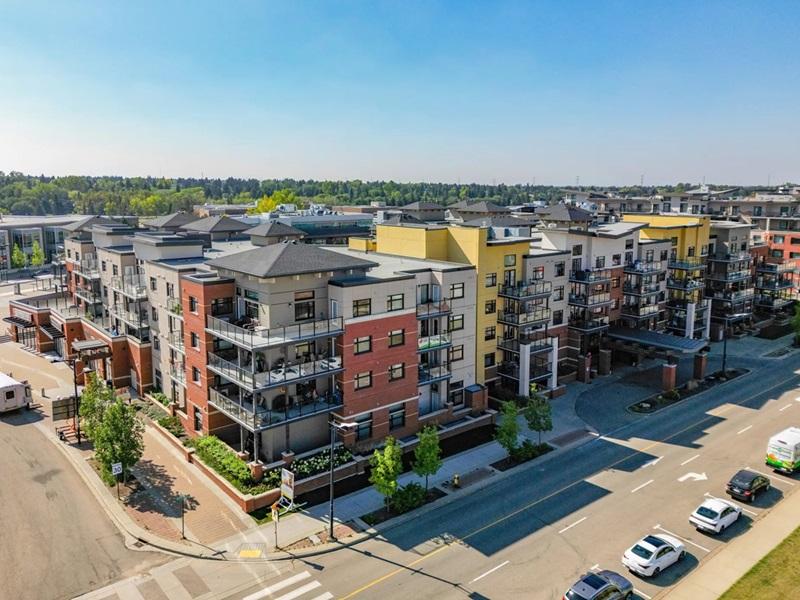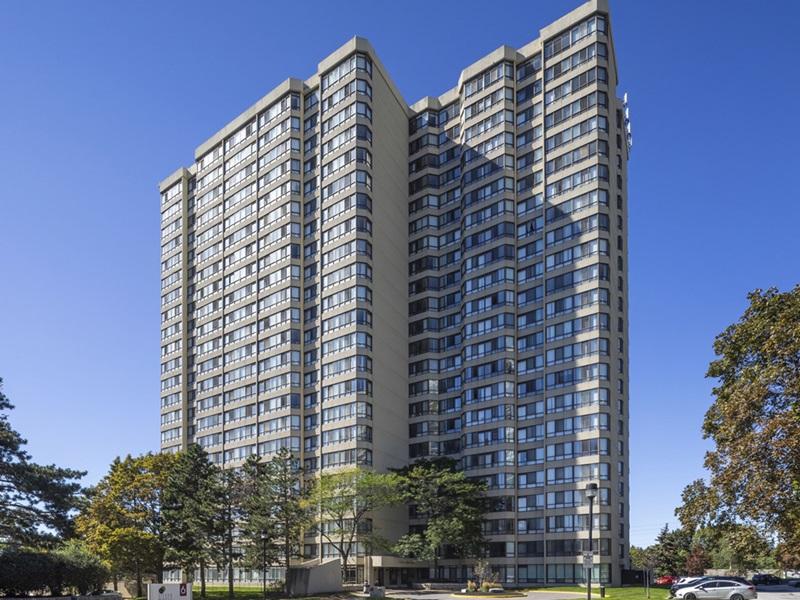We’re more than halfway through 2021 and housing prices have continued to rise despite a deceleration in sales.
In May this year, Canadian home sales fell 7.4 per cent and new listings dropped 6.4 per cent month-over-month, even as the MLS Home Price Index rose one per cent month-over-month (and 24.5 per cent year-over-year) during the same time span. Some of the factors affecting prices are straightforward:
– There are fewer listings in markets across the country, as Canada starts taking tentative steps toward a post-pandemic future;
– The voracious demand for property we saw earlier in the pandemic has been sated to a degree, as vaccine availability and the gradual reopening of provinces has tempered the urge to relocate;
– Prices were already high to begin with and the lack of options available to people looking to upgrade to a new home has exacerbated that problem.
However, those aren’t the only contributing factors — complications affecting the building of new homes have played their part as well. Rising construction costs for building new homes led to a decrease in the supply of new units making their way onto the market, as well as to an increase in the price of completed units.
For example, in March the cost of fabricated metal products and construction material rose by nine per cent year-over-year, while the price of lumber rose 118.9 per cent in the same period.
Those increases have resulted in the average price of a home increasing by $20,000-33,000 — a sizeable amount with which beleaguered buyers must contend. While the cost of lumber has started to drop, who’s to say when, or even if, it will be back to pre-pandemic levels?
Let’s take a closer look at lumber’s specific role in the current state of affairs.
Trees don’t grow overnight
Lumber prices were already on the rise in the years leading up to the COVID-19 outbreak. Rapid growth in building and construction, fuelled by hungry real estate markets, pushed mills to operate at maximum capacity just to keep pace with demand.
Then, the pandemic struck Canada in early 2020 and threw everything into disarray. Supply chains were immediately disrupted, slashing the availability of all construction materials, including lumber. Transportation bottlenecks affected shipping by land, sea and air, and prices rose to compensate.
However, as Canadians began to come to terms with this “new normal,” demand for lumber absolutely surged, with individuals and businesses buying lumber as fast as they could, albeit for different reasons.
DIYers used the lockdowns as an opportunity to engage in home renovation or creative projects, adding new demand pressure to an already strained supply of building material. Wood, in particular, soared in popularity as a “sustainable and energy-efficient” material of choice for the environmentally conscious individual.
Businesses, on the other hand, scrambled to adapt their spaces to meet brand-new government regulations. Restaurants, for example, tried to comply with social distancing and indoor/outdoor capacity limitations by rapidly building outdoor spaces.
Demand from builders also continued unabated, with construction of new homes proceeding to grow despite the pandemic.
All the while, lumber mills (along with other sources of construction material) needed to scale back operations due to health and safety concerns, which immediately compromised their ability to maintain supply levels.
With the drastic increase in lumber prices between March 2020 and March 2021, the humble two-by-four suddenly looked less like a construction staple and more like Bitcoin, based on the hyperbolic price increases.
In short, an already strained supply of lumber was forced to fall short and prices skyrocketed as a result.
The short-term impact on real estate prices
Jumping back to the present day, the manifold effects of lumber’s astronomical price surge have reverberated across the real estate industry. Mills have tried to expand their capacity while the country adjusts to lockdowns, re-openings, further lockdowns and constantly shifting restrictions.
However, that sort of expansion isn’t quick as it can take years to install equipment and widen operations.
In the interim, both commercial and residential builders are limiting pre-sales and building fewer units at a time, to ensure they get the prices needed to offset increased construction costs.
Supply chain challenges have proven sufficiently disruptive that both kinds of builders have opted for a more cautious approach. Despite these measures to limit supply entering the market, housing prices in general have continued to rise.
Will lumber, material prices return to normal?
The idiom “what goes up must come down” doesn’t necessarily apply to real estate in Canada (see: housing prices in Vancouver or Toronto). However, we’ve seen encouraging signs this will eventually be the case for construction material prices — especially lumber.
The question isn’t if, but when they will return to normal levels, following a year of extreme price inflation.
The early months of 2021 produced numerous conservative (and sometimes conflicting) estimates of when prices would revert to normal.
In April, for example, Forest Economic Advisors (FEA) predicted prices would remain high throughout the summer and into the fall, while BMO Capital Markets suggested in April that we could expect to see “lumber prices dropping in the second half of the year” with a return to typical levels by 2022.
Despite their varied conclusions, most predictions converged on this: certain factors would need to progress to a specific point (either separately or in conjunction) in order for lumber prices to descend from their stratospheric levels. Namely:
– Vaccination rates would increase to a point that people’s DIY ambitions and desire to sell their homes and move would cool, especially as provinces opened back up;
– Suppliers would finally expand operations sufficiently or were no longer bound by COVID-19-based health restrictions, allowing them to match their pre-pandemic outputs;
– Prices would rise to a point that made them unaffordable for the enthusiast or average consumer, decreasing overall demand for lumber.
As it turns out, they were right on the money with those assumptions. It’s just that everything happened a little sooner than expected.
Timberrrr!
Lumber prices reached an all-time high in May 2021, soaring to just under $1700 USD/1,000 board feet. However, since the start of June prices have taken a nosedive, steadily dropping each subsequent week. Here’s a rough snapshot of the past few weeks:
– June 7: Lumber prices closed 30 per cent below the all-time high reached in May 2021;
– June 14: Lumber prices are down 40 per cent from the May 2021 peak;
– June 21: Lumber prices drop another seven per cent;
At the time of writing, prices are hovering at around $890 USD/1,000 board feet — just over half of where they were only a month ago. Prices aren’t falling, they’re crashing. Hard.
Should things continue along this trajectory, lumber prices might down close to pre-pandemic levels in the next month or two. However, the more likely scenario is prices slow their descent as demand and supply stabilize in light of this crash, smoothing out the sharp decline.
Lumber’s value is still predicted to remain above pre-pandemic levels for the rest of this year, although the projected margin might end up being a lot slimmer than anyone thought.
Ultimately, the situation is still volatile enough that any conclusions or predictions need to be taken with a grain of salt. After all, we’re dealing with unprecedented price inflation during a global pandemic.
Where does that leave housing prices?
Based on the recent decline of lumber prices, it stands to reason the costs of all construction material might be on track to stabilize.
Now that Canada is on the road to being fully vaccinated, it’s also likely other contributing factors such as limited property listings and urban flight will correct themselves. Assuming there are no significant setbacks in the near future, that would hypothetically allow housing prices to shed the extra $20,000-30,000 tacked on from knock-on effects.
However, the interaction of the underlying factors are decidedly complex. The end of the pandemic and housing prices have that in common, at least.
So what does that mean for house prices? We’ll just have to wait and see.








